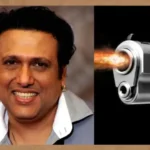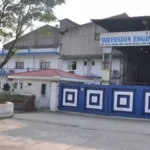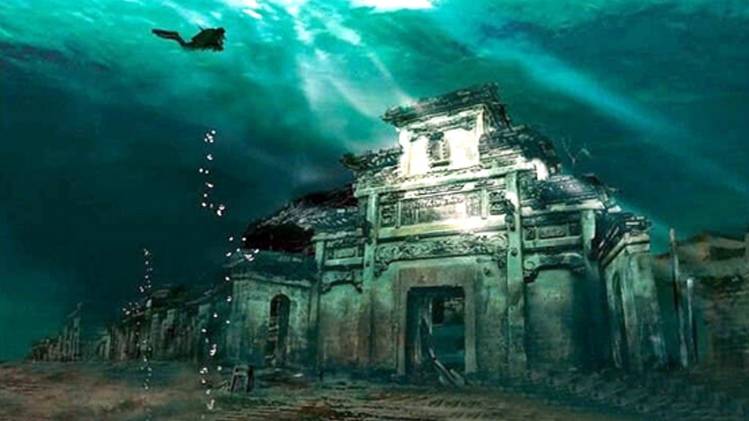Prime Minister Narendra Modi recently dived underwater to pray at Gujarat’s Dwarka, which is regarded as Lord Krishna’s ‘land of action’. Submerged Dwarka a well-planned city or is it a well-preserved myth? What is the archaeological evidence, and what can we infer from it?
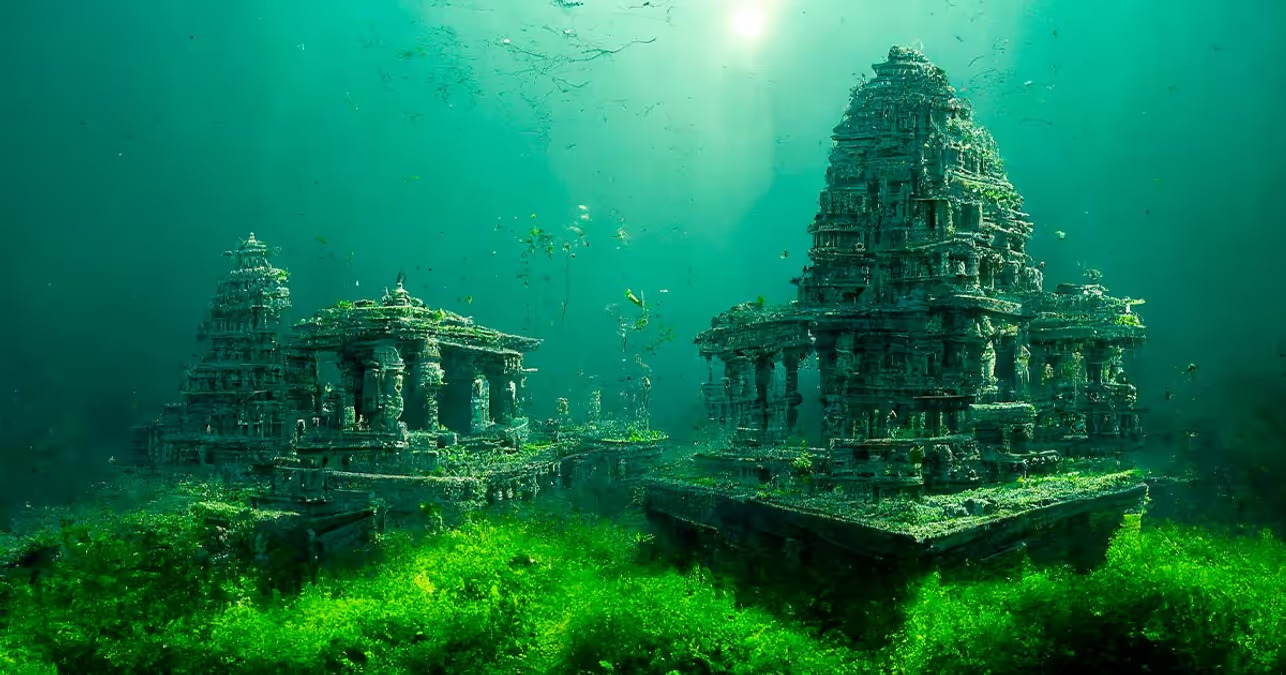
“To pray in the city of Dwarka, which is immersed in the waters, was a very divine experience. I felt connected to an ancient era of spiritual grandeur and timeless devotion. May Bhagwan Shri Krishna bless us all,” Prime Minister Narendra Modi wrote on X after he visited the Dwarkadhish Temple in Gujarat’s Dwarka on Sunday.
After PM Modi dived into the Arabian Sea, he said, “Those moments will stay with me forever”.
Submerged Dwarka: An abundance of proof of an intricately designed ancient city-stateDwarka, the sunken city, has long been a source of intrigue and mystery. Archaeological digs conducted offshore have uncovered the remains of a 2000 BC ancient state. However, is that the city that the Hindu mythology mentions?
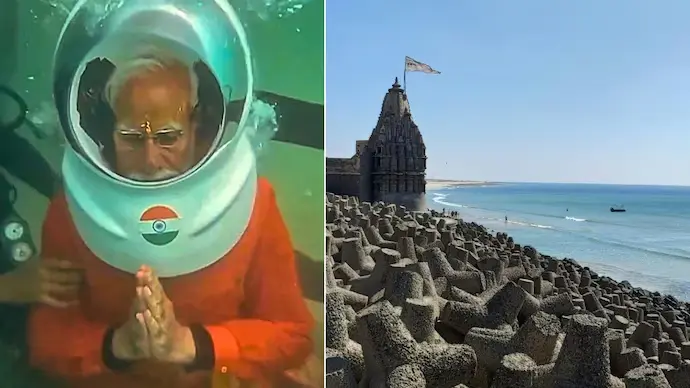
The Dwarkadhish Temple is currently the main attraction that draws people to Dwarka.”The ancient temple has been renovated several times, especially leaving imprints of the 16th and 19th centuries,” it reads.
The underwater metropolis of Dwarka has been the focus of research and underwater excavations.
CITY OF DWARKA IN HINDU MYTHOLOGY
Lord Krishna is reported to have moved from Mathura, Uttar Pradesh, to Dwarka, Gujarat, and reclaimed the city from the sea. Submerged Dwarka is one of the Sapt Puris of Hinduism.
Legend has it that the start of the Kali Yuga occurred when Lord Krishna left the earth and Dwarka was buried under the Arabian Sea.
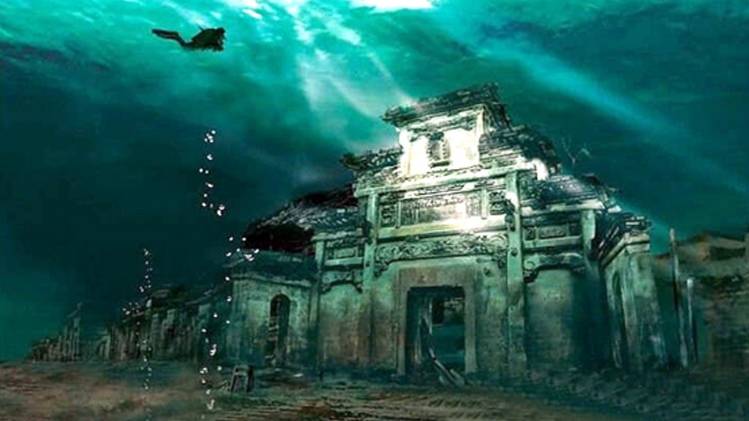
The Puranic story of Lord Krishna and Dwarka is a fable, but archeological research over the years has shown multiple buildings and the abrupt submersion of a city.
Prime Minister Modi repeated the same storyline, tying it to religion. He posted images of himself exploring and praying in the “lost city” of Lord Krishna while donning dive gear.
“I performed ‘Darshan’ of the old Dwarka city by going far out to sea. Numerous articles regarding the underwater Dwarka city have been produced by archaeologists. Dwarka is described in our scriptures as a city with magnificent gates and towering buildings that reach as high as the summit of the globe.
Many inquisitive individuals and Krishna followers must also be curious, as PM Modi stated that he had “always been curious to go there (underwater in Dwarka) and touch the remains of the ancient Dwarka city”.
I’m curious about what the Arabian Sea actually swallowed, how big the city was, what kinds of structures were inside the submerged metropolis, and if some of the structures are still standing.
EXCAVATIONS TO STUDY THE ‘LOST CITY OF DWARKA’
It is questions like these that keep adding to the enigma of Dwarka. Was it a well-planned metropolis or a well-preserved myth?
Many claim that the submerged structures could be natural formations based on the scriptures, or that the dating of the artifacts may not be able to definitively place them within the time period of the Mahabharata. But there’s a treasure to be found, and a vast amount of information to glean.

Hiranand Shastri began the endeavor to unearth Dwarka’s hidden mysteries in the 1930s, and in 1963 a team led by JM Nanavati and HD Sankalia conducted the first comprehensive excavation.
Subsequent excavations, done by marine archaeologists, discovered a plethora of ancient antiquities and the submerged remnants of the ancient Dwarka.
Many such mysteries, including a stone block base, pillars, irrigation streams, and a fortified foundation—upon which the old Submerged Dwarka city walls most likely stood—were discovered by archaeologists between 1983 and 1990.
Prior to that, academics such as DD Koshambi and Anant Sadashiv Altekar suggested that Dwarka in Gujarat was unrelated to the renowned Krishna dynasty.
In their 1963 work “Excavations at Dwarka,” Z D Ansari and MS Mate of Pune’s Deccan College stated that historian DD Koshambi had gone so far as to argue that Dwarka might have been in Afghanistan because the country possesses sites similar to Daravaz.
DWARKA: THE GATEWAY TO TRADE WITH WEST ASIA?
The Sanskrit word “Dwarka” means “gate,” and it has historically served as both the entryway and a major hub for trade between India and West Asia.
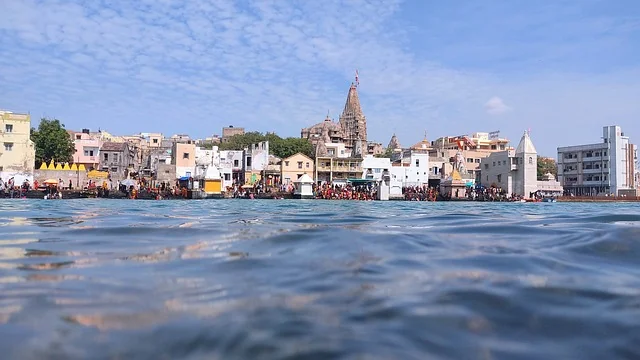
“They (residents) must have exploited the marine resources of the Gulf, such as conch shells and fish,” marine archaeologists AS Gaur and Sundaresh concluded in a paper published by the National Institute of Oceanography (NIO).
The coastal region of Bet Dwarka island has seen the discovery of multiple ancient habitational sites over the course of the last 20 years of maritime archaeological research. Additionally, a sizable quantity of historical and protohistoric ceramics have been gathered from these locations,” noted AS Gaur and S Tripathi in 2000.
Notably, the Bet Dwarka island is situated in Gujarat, around 30 kilometers northeast of the Dwarkadhish Temple.
Nonetheless, urnam buildings from pre-Harappan times are shown by material analysis and carbon dating of the man-made objects recovered from the Dwarka bottom, supporting the historical veracity of Dwarka.
In their 1963 work “Excavations at Dwarka,” Z D Ansari and MS Mate of Pune’s Deccan College stated that historian DD Koshambi had gone so far as to argue that Dwarka might have been in Afghanistan because the country possesses sites similar to Daravaz.
EVIDENCE OF A ‘CITY-STATE’ DATING BACK TO 2000 BC
A 1998 article entitled ‘Archaeology of Bet Dwarka’ published in the journal Man and Environment describes how recent offshore explorations have uncovered multiple Medieval stone anchors, a lead anchor, and fragments of amphorae from the early historic period.
Archaeologist SR Rao claims that the archaeological evidence from the submerged Dwarka site supports the presence of a city-state that dates to approximately 1500 BC and had a few satellite towns.
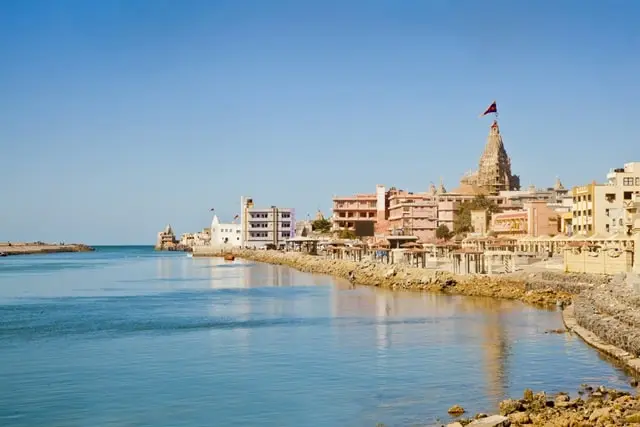
According to marine archaeologists AS Gaur and S Tripathi, “onshore and offshore explorations of Bet Dwarka Island have demonstrated a long cultural sequence beginning from the protohistoric period (2000 BC) to the modern period” (Recent underwater explorations at Dwarka and surroundings of Okha Mandal, 2000).
The significance of Dwarka’s location as a commercial hub was also mentioned by the marine archaeologists.
Regarding the question of whether the Puranas and the Mahabharata addressed the Dwarka archeological site, SR Rao said that the artifacts and buildings discovered there might be connected to those described in our epics.
“This discovery has turned myth into a reality,” noted Rao.
One is obviously compelled to look at undersea images when there is solid evidence, as PM Modi recently did. The Gujarat government has started the process of building and running a submarine for underwater tourism in order to investigate the lost city of Dwarka, thus this could soon become a reality.
Read also : Humble Kanpur beginnings to UP’s richest! How two billionaire brothers built a billion-dollar empire




